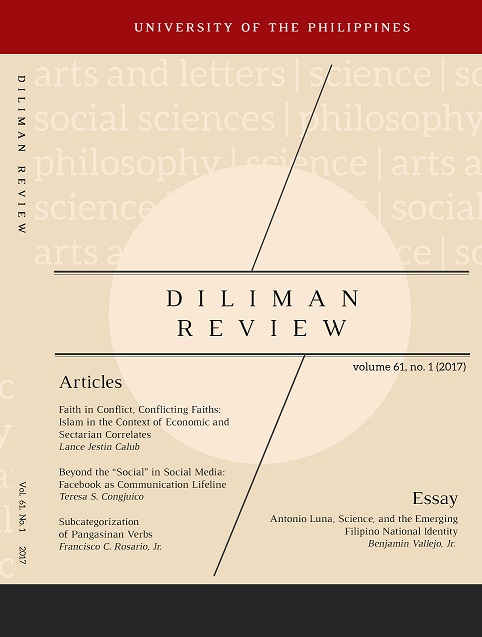Beyond the “Social” in Social Media: Facebook as Communication Lifeline
Abstract
The Philippines’ geographic location combined with poor infrastructure and widespread incidence of poverty makes its people highly vulnerable to risks. In the 2014 World Risk Report of the United Nations, the Philippines was ranked as the world’s second most at risk to disaster. It was also the third most exposed to natural calamities in the world. But the Philippines, is also one of the world’s biggest social media users. Filipinos spend an average of nearly four hours of their time using social media daily for various “social reasons” which include personal networking, surveillance, entertainment, or to simply fill up spare time. Wanting to be where the citizens are, local government officials have begun to tap Facebook to create their own online communities. Some have even integrated the social medium into their own risk communication network. Thus, Facebook is no longer just a social medium; it is now a communication lifeline. This paper explored the role of Facebook as a communication lifeline for the people of Cainta, Rizal during the onslaught of typhoon Mario on September 19, 2014. Specifically, this paper explored the role of Facebook as a crowdsourcing tool as well as looked into its affordances and limitations as a tool for risk management. For its framework, this study used Katz’ uses and gratification theory as updated by Thomas Ruggiero to incorporate the Internet and its technological affordances. The theory explains the communication behavior of today’s active media users who are goal directed, are actively utilizing media contents, and who know their needs and how to gratify them.Keywords: Social Media, Risk Management, Risk Communication, OnlineCommunity Facebook Communication


